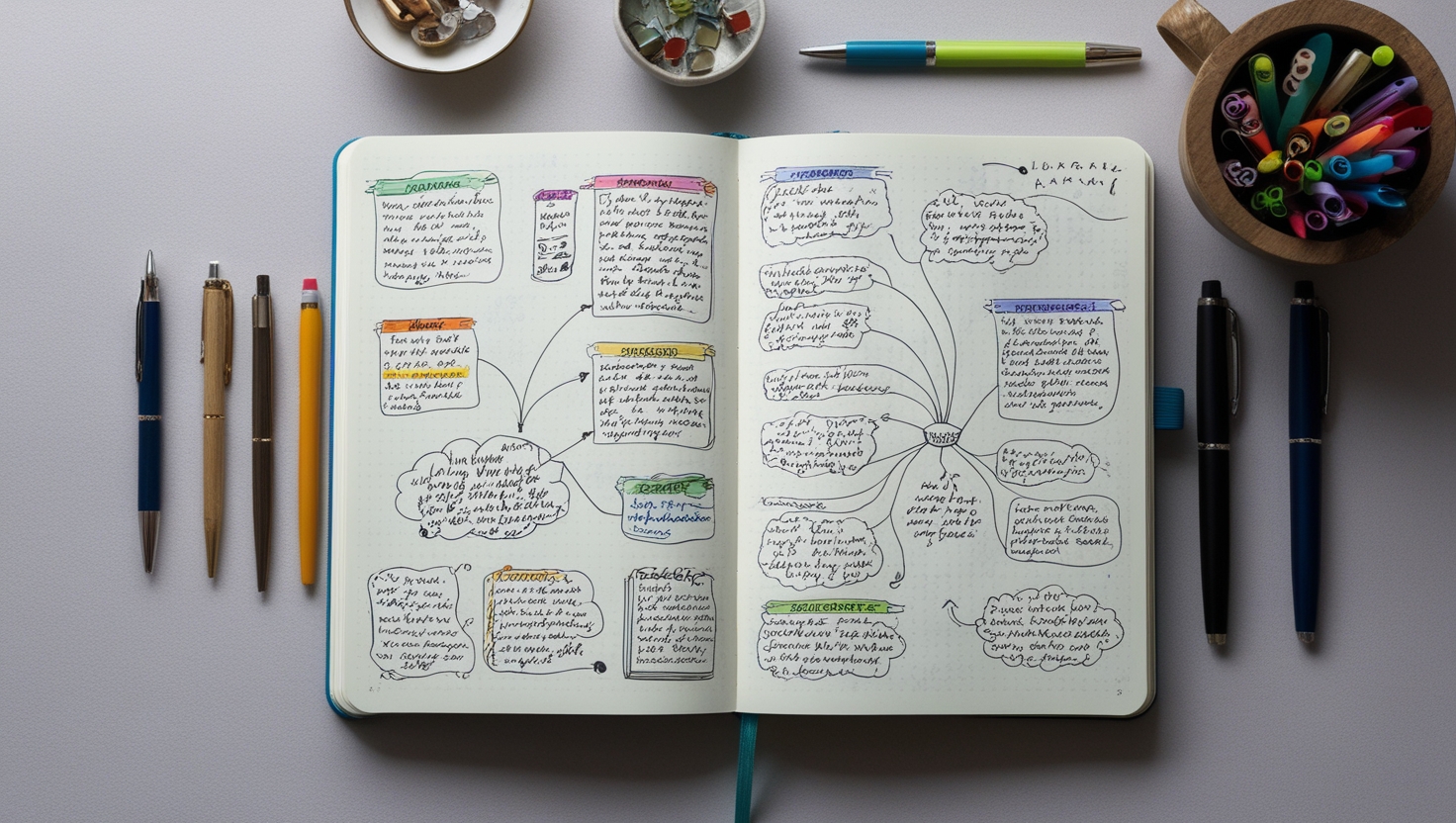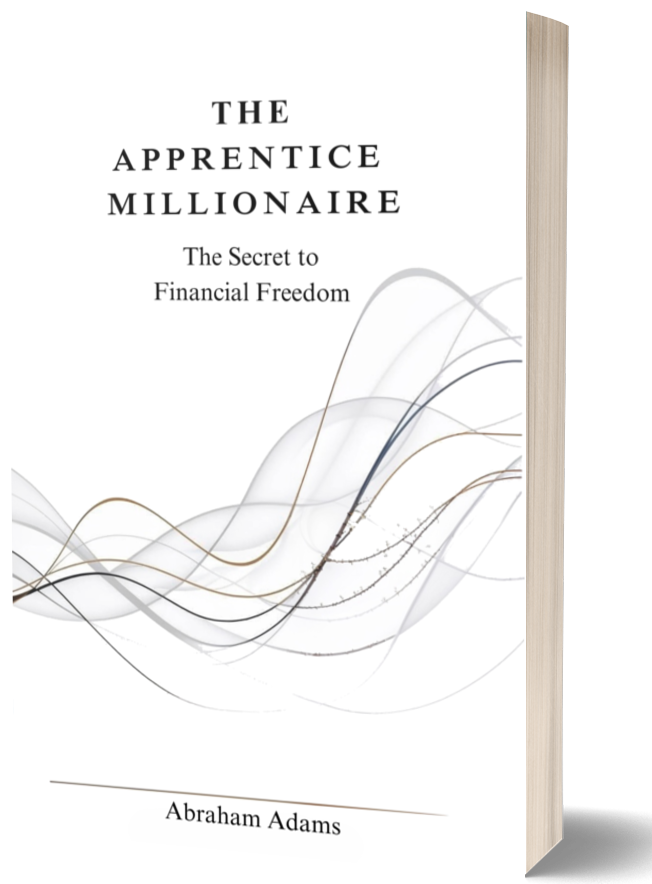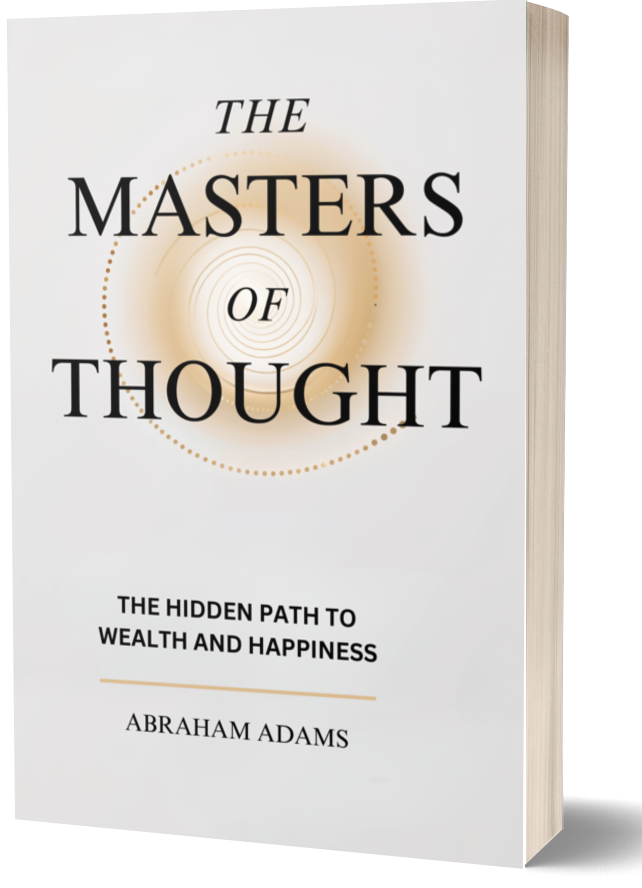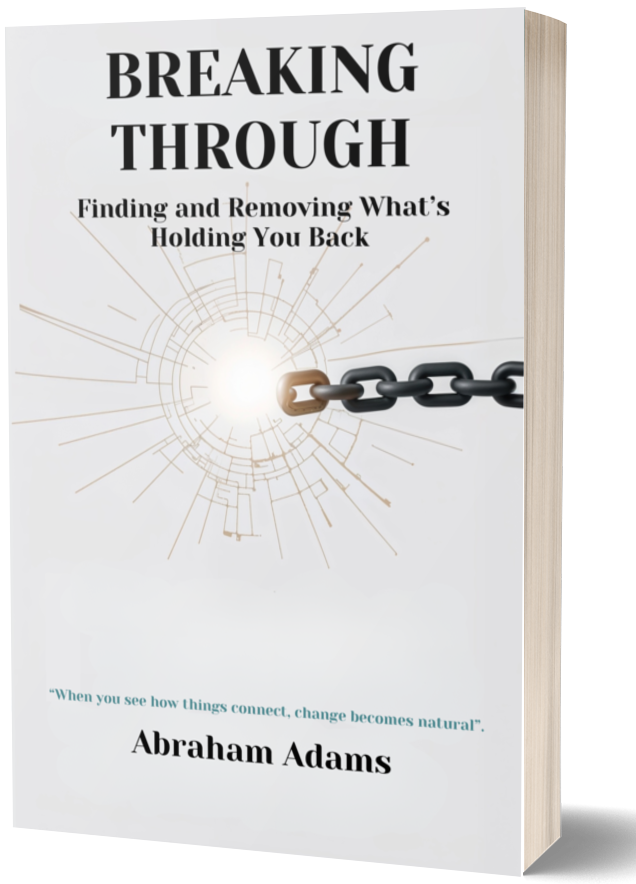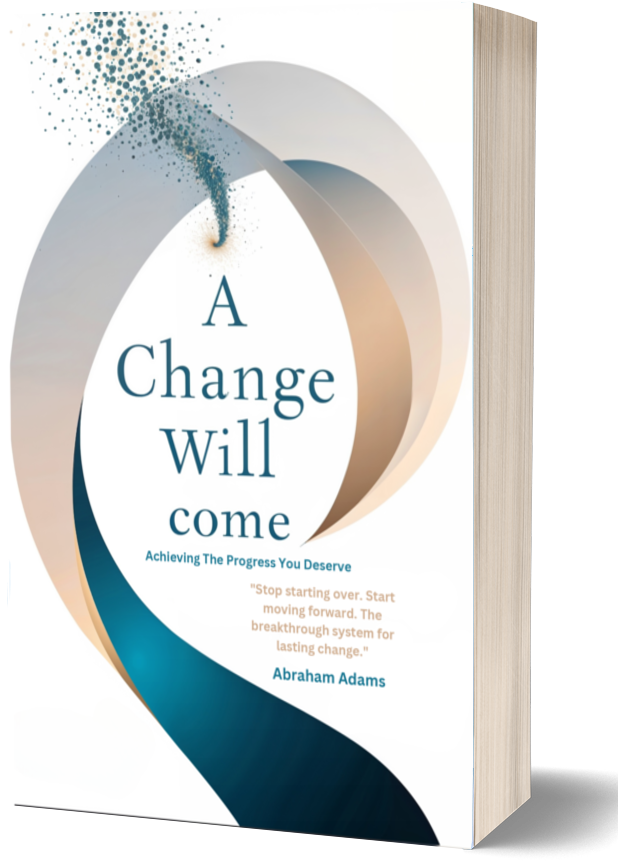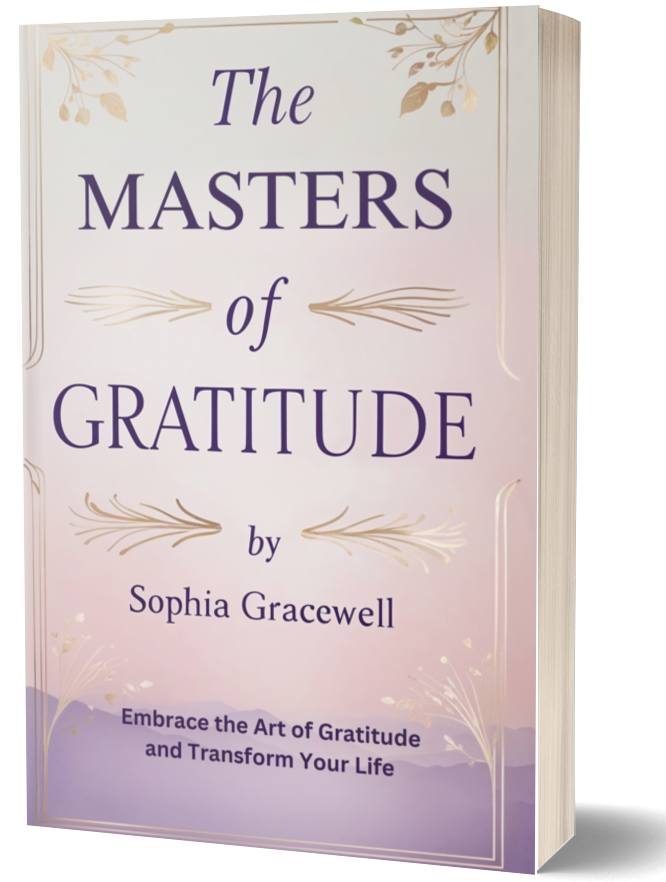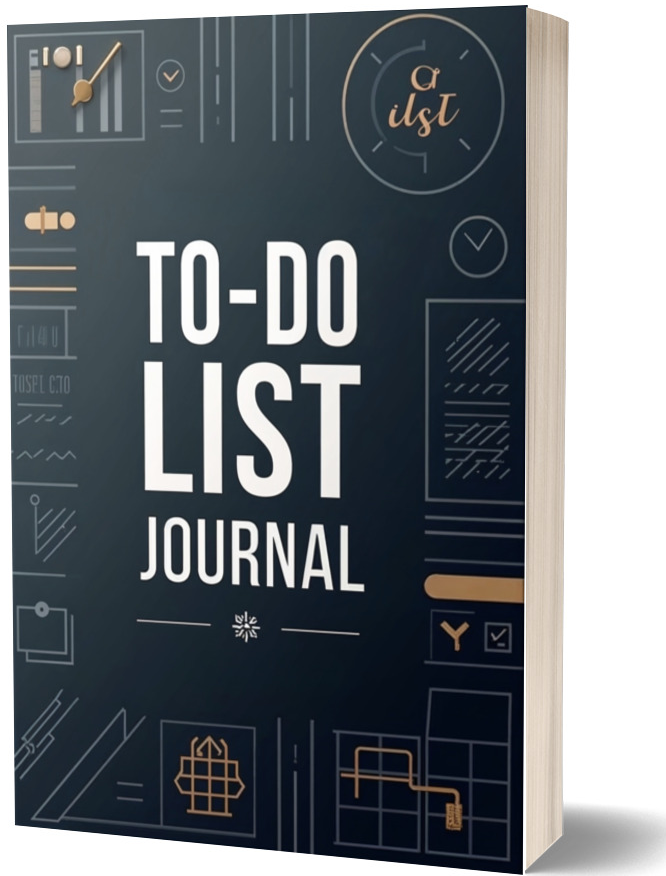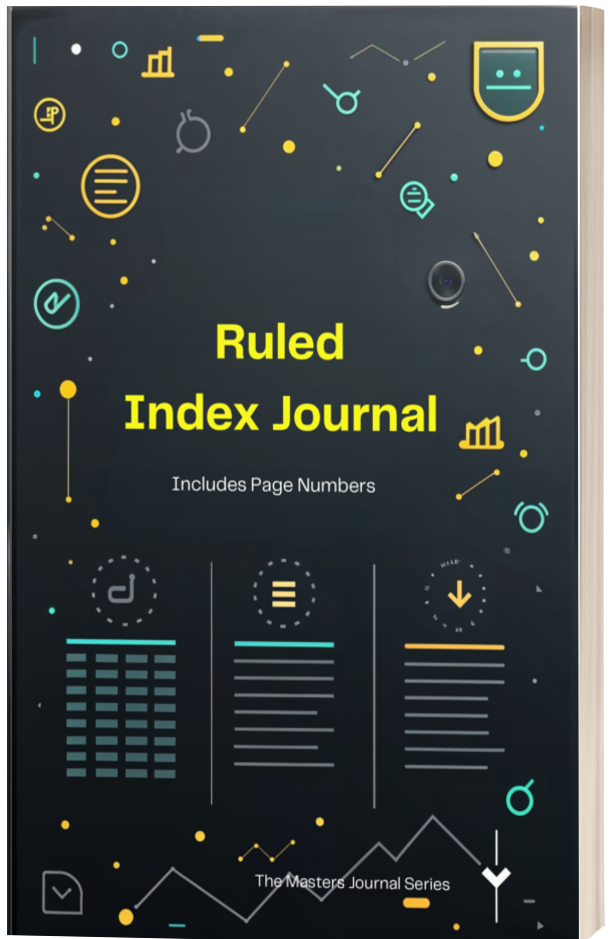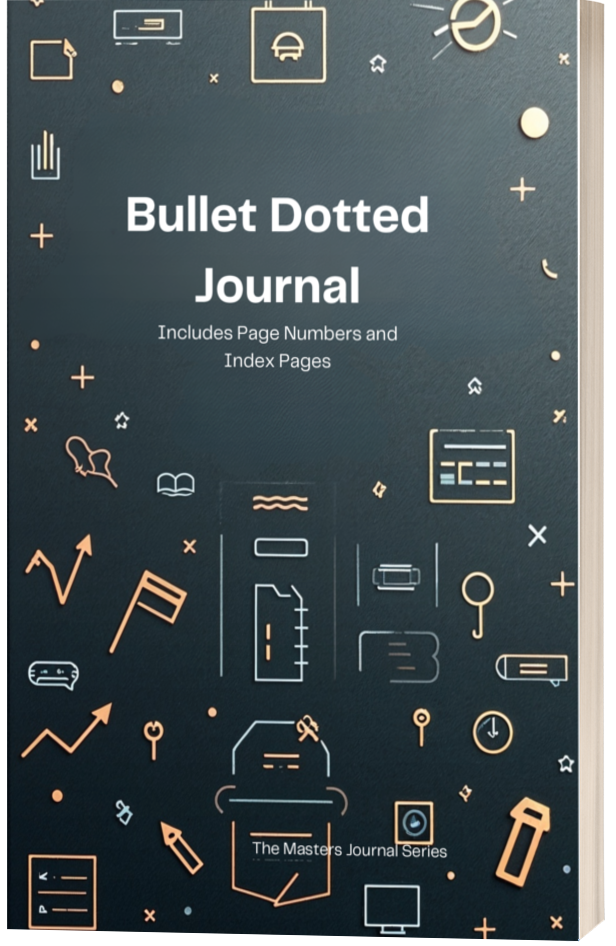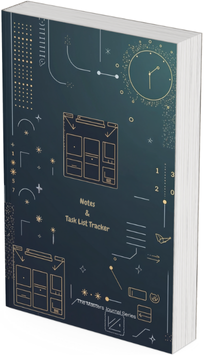The Five Whys, Socratic Questioning, and SWOT Analysis: Tools for Critical Thinking and Problem-Solving
Effective problem-solving and decision-making often require structured approaches to break down complex issues. The Five Whys, Socratic Questioning, and SWOT Analysis are three powerful tools that can help you identify root causes, explore ideas deeply, and evaluate options strategically.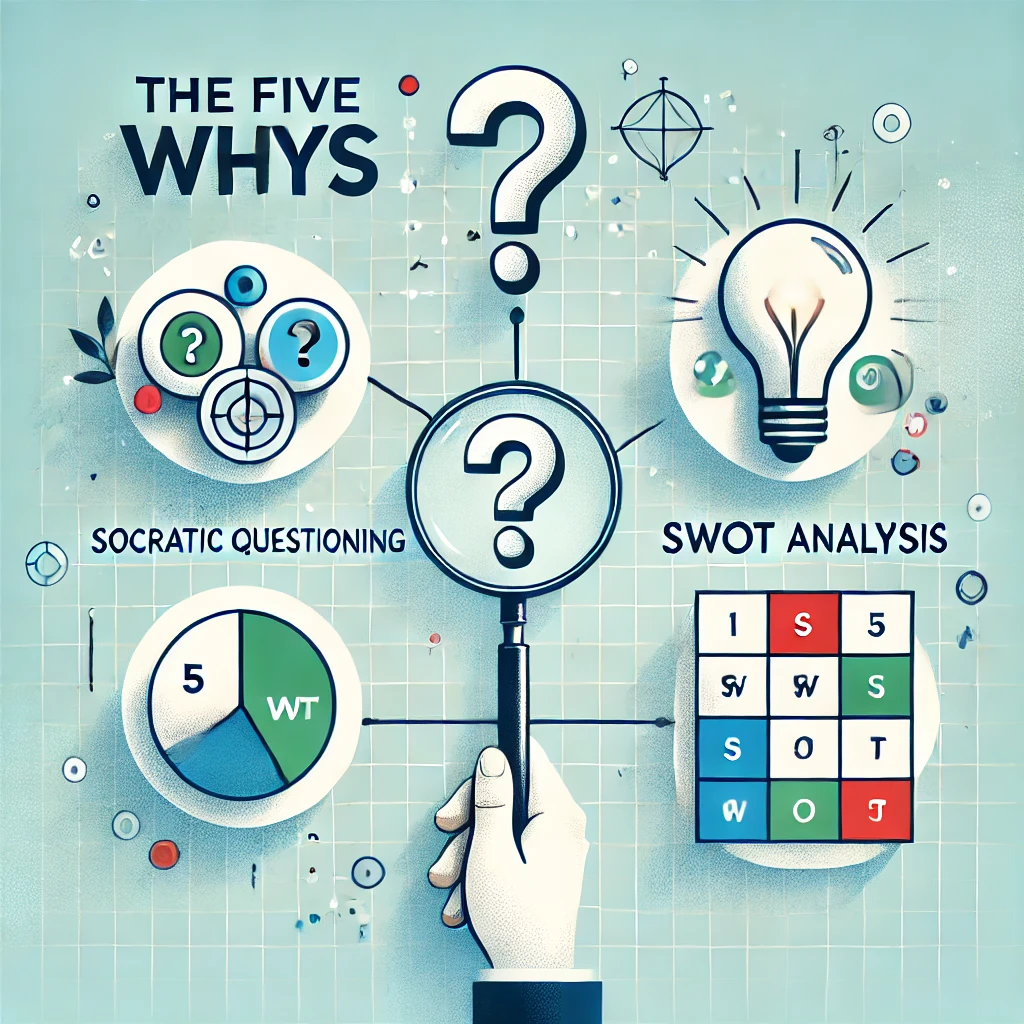
This article explains each method, its purpose, and how to use it effectively.
---
**1. The Five Whys**
**What is The Five Whys?**
The Five Whys is a simple but powerful problem-solving technique that helps you identify the root cause of an issue by repeatedly asking "Why?" Developed by Sakichi Toyoda, the founder of Toyota, this method is widely used in lean manufacturing and quality improvement.
**How to Use It**
1. **State the Problem Clearly**: Start with a clear and concise problem statement.
2. **Ask "Why?"**: Identify why the problem occurred.
3. **Repeat Up to Five Times**: For each answer, ask "Why?" again to uncover deeper layers of the issue.
4. **Stop at the Root Cause**: Once you find the fundamental reason, you can focus on resolving it.
**Example**
- **Problem**: The project deadline was missed.
1. **Why?** The team was behind schedule.
2. **Why?** Tasks took longer than expected.
3. **Why?** There was insufficient planning.
4. **Why?** The team lacked clear guidelines.
5. **Why?** Roles and responsibilities were not clearly defined.
- **Root Cause**: Poor role definition.
**Benefits**
- Simplifies complex problems.
- Focuses on root causes rather than symptoms.
- Encourages continuous improvement.
---
**2. Socratic Questioning**
**What is Socratic Questioning?**
Socratic Questioning is a disciplined method of asking and answering questions to stimulate critical thinking and uncover assumptions. Named after the Greek philosopher Socrates, this approach encourages deep exploration of ideas.
**How to Use It**
1. **Clarify Concepts**: Ask questions like "What do you mean by that?" or "Can you give an example?"
2. **Probe Assumptions**: Challenge beliefs with questions such as "What are you assuming?" or "Why do you think this is true?"
3. **Explore Reasons and Evidence**: Use inquiries like "What evidence supports this idea?" or "Are there alternative perspectives?"
4. **Investigate Implications**: Ask questions like "What are the consequences of this belief?" or "What if this assumption is wrong?"
5. **Reflect on the Process**: Encourage reflection with questions like "What did you learn from this discussion?" or "How does this influence your understanding?"
**Benefits**
- Enhances critical thinking and self-awareness.
- Encourages open dialogue and exploration.
- Helps identify biases and gaps in reasoning.
---
**3. SWOT Analysis**
**What is SWOT Analysis?**
SWOT Analysis is a strategic planning tool used to evaluate an organization, project, or individual’s Strengths, Weaknesses, Opportunities, and Threats. It provides a comprehensive view of internal and external factors affecting a situation.
**How to Use It**
1. **Create a Grid**: Divide your page into four quadrants.
2. **List Strengths**: Identify internal advantages, such as resources, skills, or achievements.
3. **List Weaknesses**: Recognize internal challenges or limitations.
4. **List Opportunities**: Explore external possibilities, like market trends or partnerships.
5. **List Threats**: Identify external risks, such as competition or regulatory changes.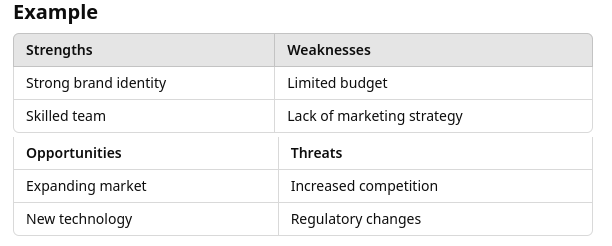
**Benefits**
- Provides a balanced perspective.
- Helps identify areas for improvement and growth.
- Guides strategic decision-making.
---
**Conclusion**
The Five Whys, Socratic Questioning, and SWOT Analysis are essential tools for critical thinking and problem-solving. Each method serves a unique purpose:
- The Five Whys helps you uncover root causes.
- Socratic Questioning fosters deeper understanding and exploration.
- SWOT Analysis provides a comprehensive evaluation of strengths, weaknesses, opportunities, and threats.
By mastering these tools, you can approach challenges with clarity, creativity, and confidence.
- Audio Articles
- Audio Articles 1
- Audio Articles 2
- Audio Articles 3
- Audio Articles 4

7 Daily Disciplines That Transform Your Life
The power to act with intention, to align your actions with your values, and to move steadily toward a life of purpose—even on days you don't feel like it.
Read Full Article
How to Build Unbreakable Discipline
Discipline is built—habit by habit, choice by choice, day by day. And the most powerful kind? The kind that doesn’t crack under pressure. The kind that becomes part of who you are.
Read Full Article
Why Motivation Fails And Discipline Wins Every Time
We all love the feeling of motivation—that surge of energy, that rush of inspiration that makes everything seem possible. But here’s the problem: motivation is unreliable. It’s emotional. It comes and goes. And if your goals rely on you “feeling like it,” you’re already in trouble.
Read Full Article
Discipline Over Desire
Desire is loud. It burns bright, talks fast, and loves to dream. But desire alone doesn't achieve much. Every person has desires. Very few have the discipline to bring them to life.
Read Full Article
The Science of Sticking
If you've ever tried to build a new habit, you've probably heard that it takes 21 days. This number gets thrown around so often that it feels like scientific fact.
Read Full Article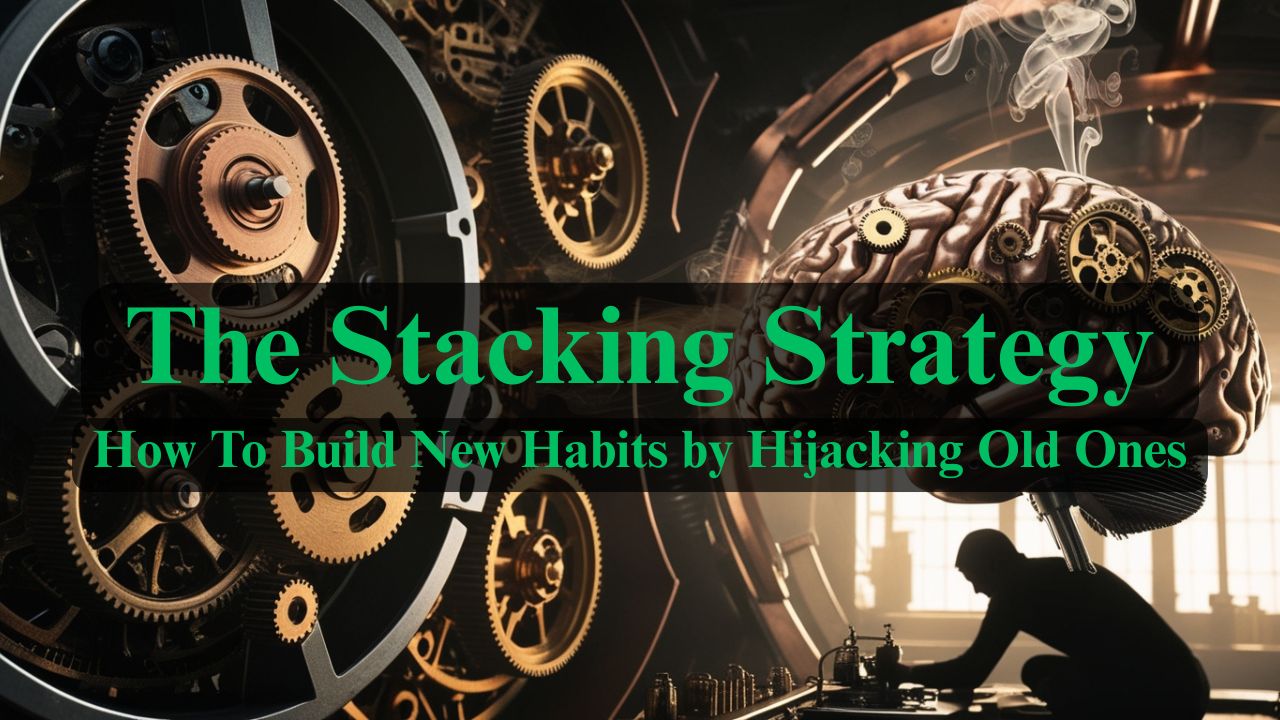
The Stacking Strategy
What if I told you that the habits you already have—even the ones you consider "bad"—could become the secret weapons for building the habits you want?
Read Full Article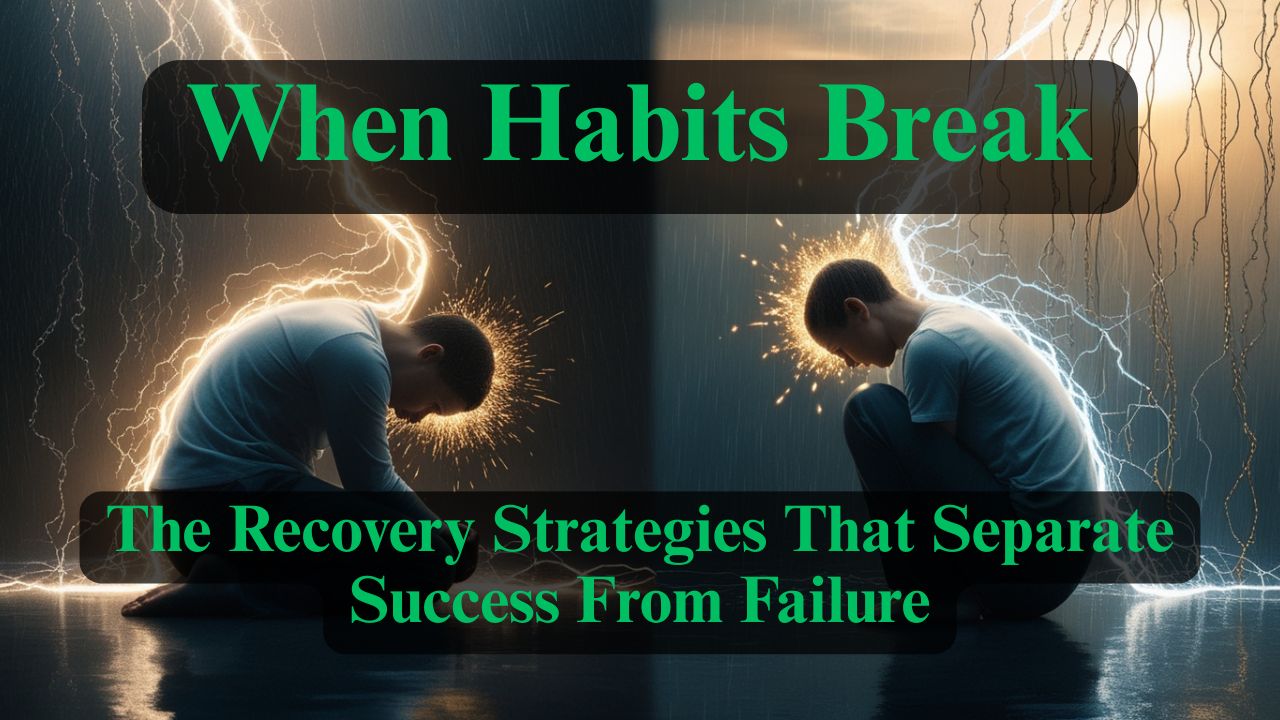
When Habits Fail - The Recovery Strategies That Separate Success From Failure
Here's what nobody tells you about building habits: you will fail. You'll miss days. You'll fall off track. You'll have weeks where everything falls apart.
Read Full Article
The Ultimate System - Designing a Life Where Good Habits Are Inevitable
You've learned to recognize habits, understand their formation timeline, stack them strategically, and recover from setbacks.
Read Full Article
